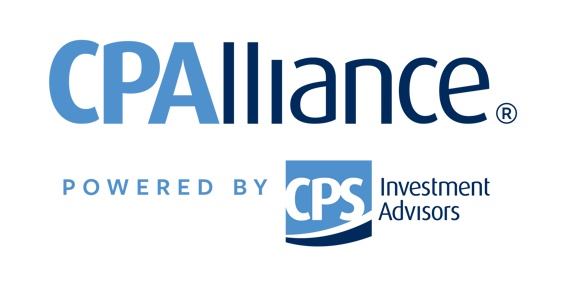Utilizing the 1040 as Personal Financial Planning Tool for CPAs: Part 2
In our last blog, we dove into breaking down how beneficial Form 1040 can be when making financial planning recommendations to your clients and helping them plan for their financial futures. For more information on the first two sections of Form 1040, income and deductions, read Part One here!
Form 1040 offers you insight into your client's financial portfolio, allowing you to make the best recommendations to help them grow and secure their financial future. So, let's dive into the other sections of Form 1040!
Retirement Savings and Distributions
Next up on Form 1040: retirement savings and distributions! CPA Financial Planners can utilize Form 1040 to assess their client's contributions to retirement accounts, such as 401(k)s, IRAs, and pensions. This information can help CPA Financial Planners develop comprehensive retirement plans that consider factors like contribution limits, tax implications of distributions, and strategies for maximizing retirement savings. In addition, Form 1040 can provide insights into client's investment activities, allowing you to examine capital gains, dividends, and interest income while evaluating the tax efficiency of investment portfolios. This helps identify potential opportunities for tax-loss harvesting, asset location optimization, and overall investment strategy refinement.
Estate Planning
Form 1040 also provides valuable information about the client's assets and potential estate planning considerations. In Form 1040, CPA Financial Planners review the reported income and holdings to assess if there is a need for estate planning strategies such as trusts, gifting strategies, or charitable giving. They can also evaluate the impact of estate taxes on the client's overall financial portfolio and recommend appropriate strategies to minimize tax liabilities.
Financial Planning: An Ongoing Process
Financial planning doesn't happen overnight; it is an ongoing process. CPA Financial Planners have the privilege to create long-lasting relationships with their clients, helping them navigate life events, changes, and hurdles. Each year when tax season comes around, Form 1040 serves as an opportunity for CPA Financial Planners to monitor their clients' financial situations continuously. By staying updated on tax law changes and the client's evolving financial circumstances, CPA Financial Planners can proactively recommend adjustments to the financial plan, ensuring optimal wealth management and tax efficiency.
It's easy to see the vital role CPA Financial Planners play in personal financial planning. To maximize their impact on their clients' financial plans, they can use tools, like Form 1040, to provide insight into their clients' annual financial changes. By reviewing this information and working with their clients, CPA Financial Planners can identify tax planning opportunities, optimize deductions and credits, and develop comprehensive strategies for retirement, investment, and estate planning. Working hand-in-hand with their clients, CPA Financial Planners help individuals achieve financial independence while minimizing tax burdens and maximizing overall wealth. Want to learn more on how to use Form 1040 as a tax planning tool? Register for our upcoming webinar, 'Form 1040 as a Tax Planning Tool' with CPAlliance® member Marshall D. Gunn, Jr., by clicking the image below!
If you would like to learn more about how CPAlliance® helps CPAs become CPA Financial Planners, visit CPAlliance.com.

